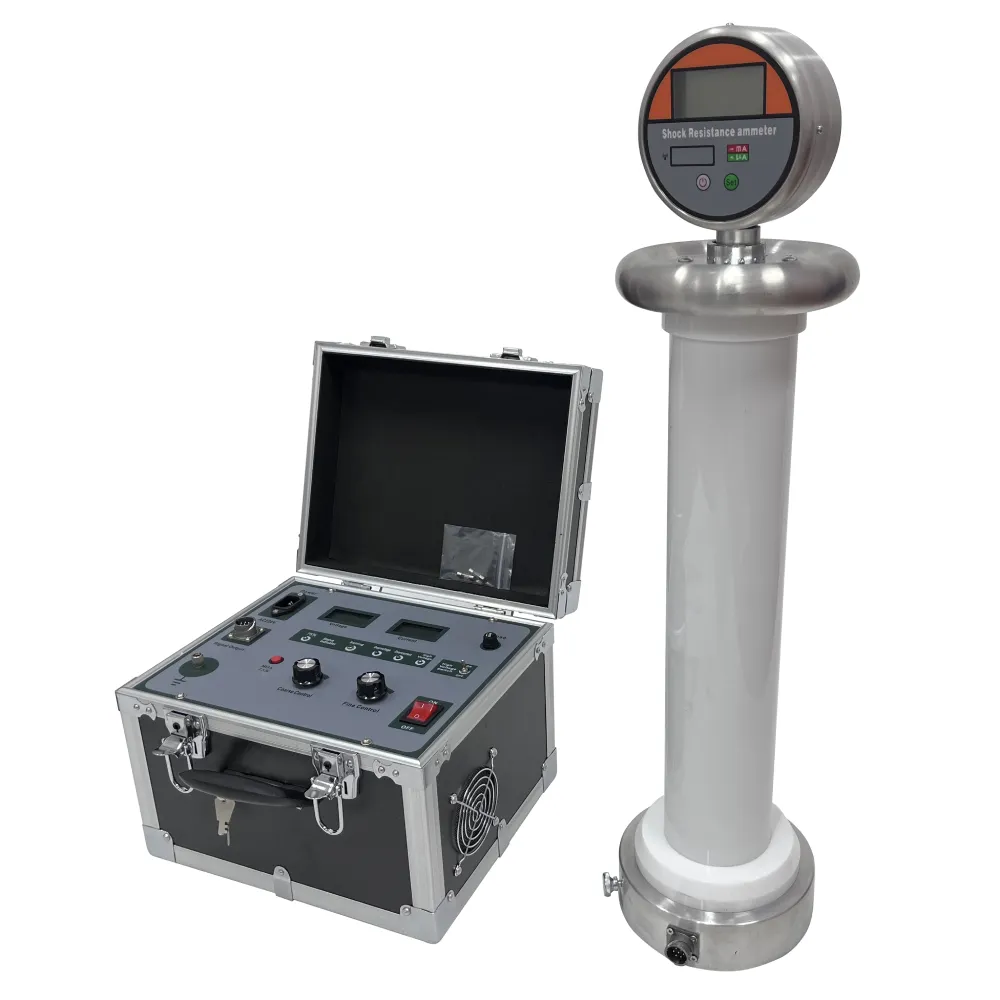 English
English



-
 Afrikaans
Afrikaans -
 Albanian
Albanian -
 Amharic
Amharic -
 Arabic
Arabic -
 Armenian
Armenian -
 Azerbaijani
Azerbaijani -
 Basque
Basque -
 Belarusian
Belarusian -
 Bengali
Bengali -
 Bosnian
Bosnian -
 Bulgarian
Bulgarian -
 Catalan
Catalan -
 Cebuano
Cebuano -
 China
China -
 China (Taiwan)
China (Taiwan) -
 Corsican
Corsican -
 Croatian
Croatian -
 Czech
Czech -
 Danish
Danish -
 Dutch
Dutch -
 English
English -
 Esperanto
Esperanto -
 Estonian
Estonian -
 Finnish
Finnish -
 French
French -
 Frisian
Frisian -
 Galician
Galician -
 Georgian
Georgian -
 German
German -
 Greek
Greek -
 Gujarati
Gujarati -
 Haitian Creole
Haitian Creole -
 hausa
hausa -
 hawaiian
hawaiian -
 Hebrew
Hebrew -
 Hindi
Hindi -
 Miao
Miao -
 Hungarian
Hungarian -
 Icelandic
Icelandic -
 igbo
igbo -
 Indonesian
Indonesian -
 irish
irish -
 Italian
Italian -
 Japanese
Japanese -
 Javanese
Javanese -
 Kannada
Kannada -
 kazakh
kazakh -
 Khmer
Khmer -
 Rwandese
Rwandese -
 Korean
Korean -
 Kurdish
Kurdish -
 Kyrgyz
Kyrgyz -
 Lao
Lao -
 Latin
Latin -
 Latvian
Latvian -
 Lithuanian
Lithuanian -
 Luxembourgish
Luxembourgish -
 Macedonian
Macedonian -
 Malgashi
Malgashi -
 Malay
Malay -
 Malayalam
Malayalam -
 Maltese
Maltese -
 Maori
Maori -
 Marathi
Marathi -
 Mongolian
Mongolian -
 Myanmar
Myanmar -
 Nepali
Nepali -
 Norwegian
Norwegian -
 Norwegian
Norwegian -
 Occitan
Occitan -
 Pashto
Pashto -
 Persian
Persian -
 Polish
Polish -
 Portuguese
Portuguese -
 Punjabi
Punjabi -
 Romanian
Romanian -
 Russian
Russian -
 Samoan
Samoan -
 Scottish Gaelic
Scottish Gaelic -
 Serbian
Serbian -
 Sesotho
Sesotho -
 Shona
Shona -
 Sindhi
Sindhi -
 Sinhala
Sinhala -
 Slovak
Slovak -
 Slovenian
Slovenian -
 Somali
Somali -
 Spanish
Spanish -
 Sundanese
Sundanese -
 Swahili
Swahili -
 Swedish
Swedish -
 Tagalog
Tagalog -
 Tajik
Tajik -
 Tamil
Tamil -
 Tatar
Tatar -
 Telugu
Telugu -
 Thai
Thai -
 Turkish
Turkish -
 Turkmen
Turkmen -
 Ukrainian
Ukrainian -
 Urdu
Urdu -
 Uighur
Uighur -
 Uzbek
Uzbek -
 Vietnamese
Vietnamese -
 Welsh
Welsh -
 Bantu
Bantu -
 Yiddish
Yiddish -
 Yoruba
Yoruba -
 Zulu
Zulu
oil dielectric breakdown voltage test
Understanding Oil Dielectric Breakdown Voltage Testing
The oil dielectric breakdown voltage test is a crucial procedure in assessing the insulation properties of transformer oils used in electrical systems. This test ensures that the oils can withstand electrical stress without breaking down, which in turn protects the integrity and safety of electrical equipment.
The Importance of Dielectric Breakdown Voltage
Dielectric breakdown voltage is the maximum voltage that a dielectric material can withstand before it begins to conduct electricity. In the context of transformer oils, this property is vital because it indicates the oil's ability to act as an insulator at elevated voltages. If the oil fails this test, it may lead to electrical failures, which can cause severe damage to transformers and related equipment, disrupt service, and pose safety hazards.
The Testing Process
To perform the oil dielectric breakdown voltage test, a sample of the transformer oil is prepared and placed in a testing apparatus. The test typically involves electrodes submerged in the oil, through which voltage is gradually increased until breakdown occurs. This process is conducted under controlled conditions, adhering to standards set by organizations like ASTM (American Society for Testing and Materials).
The test generally follows these steps
1. Sample Preparation The oil sample must be clean and free of contaminants, as impurities can significantly affect breakdown voltage readings. It is also essential to ensure that the sample is at the appropriate temperature.
2. Electrode Setup Two electrodes, usually made of a conductive material, are inserted into the oil. The configuration of the electrodes can influence the test results, so following standard specifications is critical.
3. Voltage Application The voltage is gradually increased, typically at a specified rate. The apparatus continuously monitors the voltage until a breakdown occurs, at which point the voltage is recorded.
oil dielectric breakdown voltage test

4. Result Analysis The breakdown voltage is noted, and if the results deviate significantly from expected values, further investigation is warranted. High breakdown voltage indicates good insulating properties, while low values could signal the presence of contaminants or chemical degradation of the oil.
Factors Affecting Breakdown Voltage
Several factors can influence the breakdown voltage of transformer oil. These include
- Contaminants Water, dirt, and other impurities can lower breakdown voltage. The presence of water is particularly detrimental as it significantly enhances the electrical conductivity of the oil.
- Temperature The temperature of the oil at the time of testing can affect its dielectric strength. Typically, higher temperatures may lead to decreased breakdown voltage.
- Aging Over time, transformer oils can degrade, losing their insulating properties. Regular testing is essential to monitor the oil condition and identify when it needs to be replaced.
Conclusion
The oil dielectric breakdown voltage test is an essential part of maintenance and safety protocols in electrical systems, especially regarding transformers. By regularly testing the insulating properties of transformer oil, facilities can prevent unplanned downtime and ensure the reliability of their electrical equipment. Monitoring these parameters not only safeguards operations but also extends the lifespan of components, ultimately leading to more efficient and safe energy distribution.
In summary, understanding the intricacies of oil dielectric breakdown voltage testing is vital for anyone involved in the maintenance of electrical systems. By adhering to testing standards and learning how various factors affect results, professionals can enhance safety and operational efficiency throughout the electrical infrastructure.
-
Testing Equipment Industry Sees Major Advancements in 2025: Smart & Precision Technologies Lead the WayNewsJun.06,2025
-
Applications of Direct Current Generators in Renewable Energy SystemsNewsJun.05,2025
-
Hipot Tester Calibration and Accuracy GuidelinesNewsJun.05,2025
-
Digital Circuit Breaker Analyzer Features and BenefitsNewsJun.05,2025
-
Benefits of Real-Time Power Quality Monitoring Devices for Industrial EfficiencyNewsJun.05,2025
-
Earth Fault Loop Testing in High-Rise Building Electrical SystemsNewsJun.05,2025



